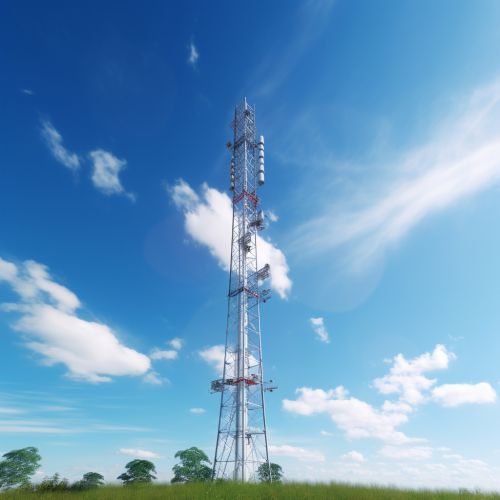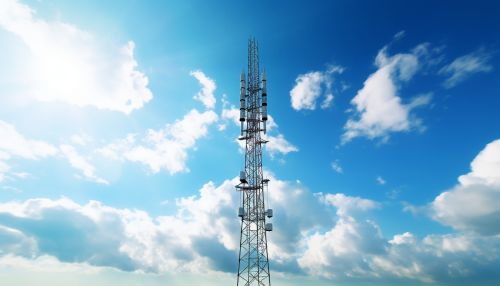Mobile communication
Introduction
Mobile communication is a method of communication where the parties involved are not stationary and can move freely around while communicating. This form of communication is made possible through a complex network of interconnected mobile networks that are spread across the globe. The technology behind mobile communication has evolved significantly over the years, from the first generation (1G) to the current fifth generation (5G) of mobile networks.


History
The concept of mobile communication dates back to the early 20th century with the invention of the radio. However, it wasn't until the 1980s that the first generation of mobile communication, known as 1G, was introduced. This generation of mobile communication was analog and had limited coverage and capacity.
In the 1990s, the second generation (2G) of mobile communication was introduced. This generation was digital and introduced features such as text messaging and voicemail. The third generation (3G) was introduced in the early 2000s and brought about high-speed data transmission, enabling features such as video calling and mobile internet.
The fourth generation (4G) was introduced in the late 2000s and brought about even faster data transmission speeds, enabling high-definition video streaming and other data-intensive applications. The current fifth generation (5G) of mobile communication is set to revolutionize the industry with its ultra-high-speed data transmission and low latency.
Mobile Communication Technologies
Mobile communication is made possible through a variety of technologies. These include cellular networks, satellite communication, wireless networks, and more.
Cellular Networks
Cellular networks are the backbone of mobile communication. They are composed of a network of interconnected cells, each served by a base station. When a mobile device moves from one cell to another, the call or data session is handed over to the next cell without interruption.
Satellite Communication
Satellite communication is another form of mobile communication. It involves the use of satellites to transmit and receive signals. This form of communication is particularly useful in remote areas where terrestrial networks are not available.
Wireless Networks
Wireless networks, such as Wi-Fi and Bluetooth, also play a crucial role in mobile communication. They allow devices to connect to the internet or communicate with each other without the need for a wired connection.
Mobile Communication Standards
There are several mobile communication standards that have been developed over the years. These include the Global System for Mobile Communications (GSM), Code Division Multiple Access (CDMA), Long Term Evolution (LTE), and the latest standard, 5G New Radio (NR).
GSM
GSM is a standard developed by the European Telecommunications Standards Institute (ETSI). It is the most widely used mobile communication standard in the world.
CDMA
CDMA is a standard developed by Qualcomm in the United States. It uses a different technology compared to GSM and is used by some carriers in the US and other countries.
LTE
LTE, also known as 4G LTE, is a standard for high-speed wireless communication. It is a successor to the 3G standards and provides significantly faster data rates.
5G NR
5G NR is the latest mobile communication standard. It provides ultra-high-speed data rates and low latency, making it ideal for applications such as autonomous vehicles and the Internet of Things (IoT).
Future of Mobile Communication
The future of mobile communication lies in the development and deployment of 5G and beyond. These future generations of mobile communication are expected to bring about a revolution in the way we communicate and interact with technology. They are set to enable a host of new applications and services, including autonomous vehicles, smart cities, and the Internet of Things.
